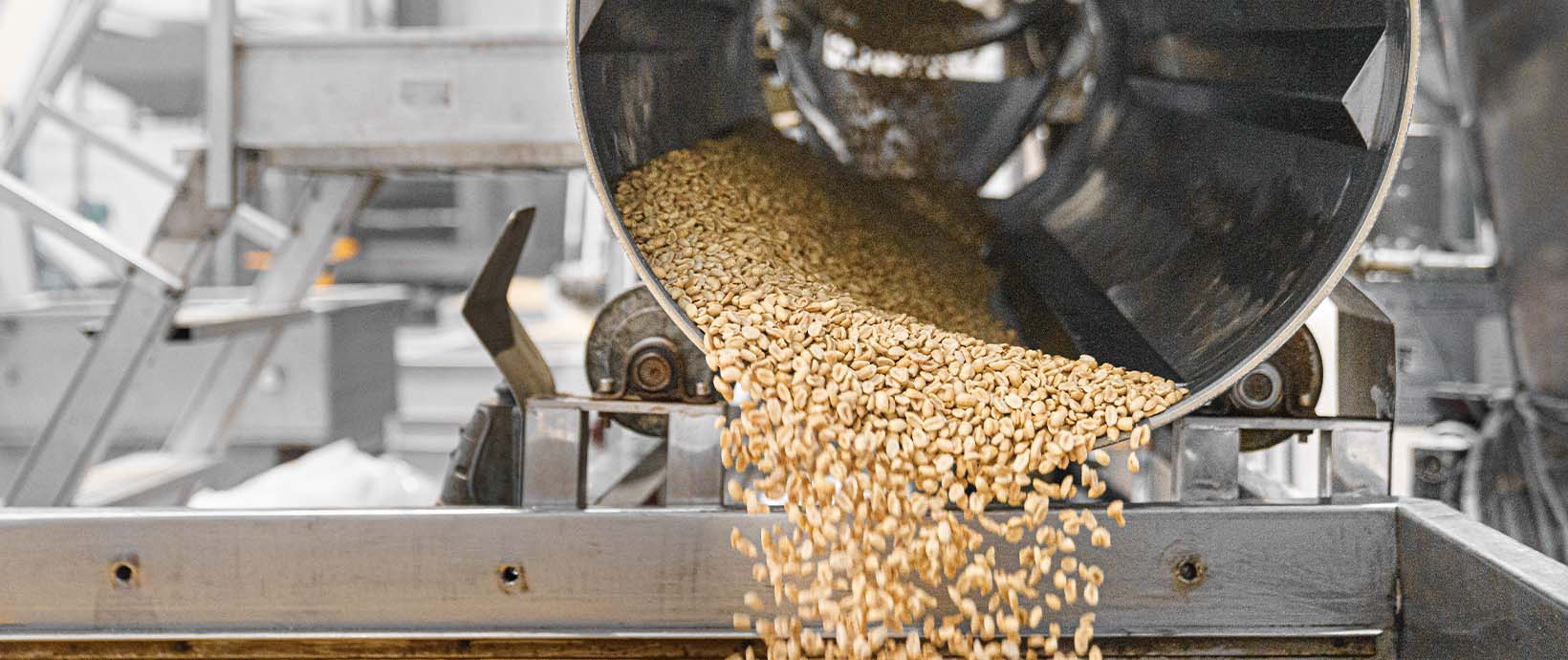Future Says S5E8 Recap: Generative AI’s Impact on Business, Design, and Beyond
Our latest guest on season five of Future Says, McKinsey & Co.’s Chris Wlezien, senior expert and design director for engineering, has seen a lot of tools and methods come and go throughout his career. As an engineer by trade, he’s worked with them directly, seeing their ins and outs. But he believes that this moment – as other guests this season have expressed – is different thanks to the topic capturing nearly every headline nowadays: generative artificial intelligence (genAI). “We’re definitely going through a transition right now,” Wlezien says. “I’ve been in product design and development for over 15 years, and I’ve seen a lot of ways of doing things. But recently there have been some really big advancements in generative AI, specifically on the front end.”
What’s genAI’s impact on today’s business, engineering, and consulting landscape? How should organizations think of and implement this technology? What other technologies and processes are poised to transform the product design life cycle? Read on to discover the answers to these questions and more.
Generative AI’s Impact and Acceleratory Potential
Wlezien says the main impact genAI brings to the table is acceleration. With it, individuals and teams can turn concepts into potential products in an unprecedented amount of time. “Clients are blown away that we can come up with these concepts so quickly,” he says. In some cases, he says, teams can slash the time it takes to get concepts into physical testing from months to just one week. This allows teams and organizations to not only create more concepts quicker, it also frees more time to see which products work best and resonate with customers. This has significant implications for how quickly companies can put out quality products.
And, from an engineering and design perspective, Wlezien notes that genAI tools are also easy to work with. Where traditional modeling and simulation tools may be cumbersome – especially at their more granular levels – genAI allows users to utilize natural language prompts to create striking concepts. “When you have a generative AI concept, you can make it really quickly and 3D print it really quickly compared to the [traditional] model-making processes,” he says. “So you can go from an idea to a physical thing in a week, which is unheard of 30 or 40 years ago.”
GenAI’s Overlaps and Limitations
In addition, genAI technology also integrates into other technologies and use cases throughout the engineering and design ecosystem. Increasingly, AI capabilities are embedded in these tools’ frameworks. And shapes and structures created via AI-powered generative design can be fed into other design and simulation tools and 3D printed, giving engineers more flexibility than before. “[There’s a lot of overlap] especially when we talk about topological optimization and finite element analysis (FEA), making optimized shapes,” Wlezien says. “Oftentimes the best physical shape to make for, say, a structural component isn’t an I-beam. Instead, it’s this interesting, organic shape – which are really hard to make with traditional manufacturing methods. You can effectively print anything you can imagine with 3D printing.” Additionally, other tools like digital twin feature embedded AI capabilities that further expand engineers’ and designers’ repertoires. “Digital twins are huge. New tools like digital twin have streamlined our operations and created new opportunities in FEA and beyond,” Wlezien says.
But Wlezien also notes that genAI isn’t foolproof, and that looks can be deceiving. This is most evident in the fact that, while genAI’s outputs can look extremely detailed – often photorealistic, down to the shadows and lighting – that doesn’t mean they’re ready for the real world. Wlezien says nobody should blindly take genAI’s outputs as production-ready outputs, tempting as it may be. “These tools can make concepts look really refined when they aren’t. I think that’s something that’ll improve as we go forward, but it’s not there yet,” he says. “As engineers and designers, it’s our responsibility to allow these tools to advance concepts and ideas but to not let them dictate final outputs. We never take anything that generative design makes and put it into production – but it does help accelerate [our work].”
Staying Abreast of the Technology
GenAI, 3D printing, and other advanced technologies like cloud computing are already impacting organizations around the world. Wlezien also stresses that gains in efficiency, safety, and cost-effectiveness aren’t limited to a specific sector – everyone is experiencing the early benefits of these technologies. That will only increase in the coming years. “I don’t know if there’s any sector that’s not being impacted by this technology,” he says. “And I can’t think of a single sector that wouldn’t benefit from it.”
It's cliché to say that the pace of modern technological advancement is mind-boggling, which raises the question: From a technology standpoint, how can we stay on top of the furious pace of change? Wlezien says that curiosity is key. “On an individual basis, I’d challenge everyone to be as curious as possible,” he says. “If you see something that interests and inspires you, explore it. There are an almost an endless amount of new technologies, so you really have to give yourself the intellectual freedom to explore.” Wise advice from someone situated where technology and business decisions converge.
Click here to listen to the full episode with McKinsey & Co.’s Chris Wlezien. To check out the rest of Future Says season five, visit https://altair.com/future-says. And be sure to subscribe to Future Says on Spotify, Apple Podcasts, Amazon Music/Audible, YouTube Music, and Podcast Addict.




